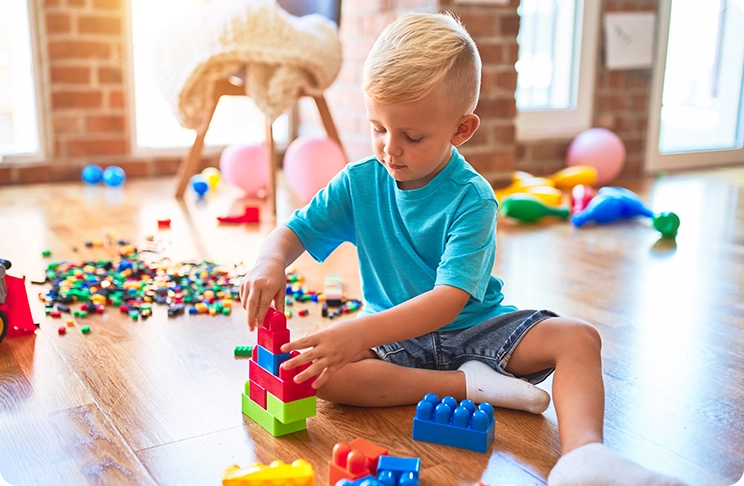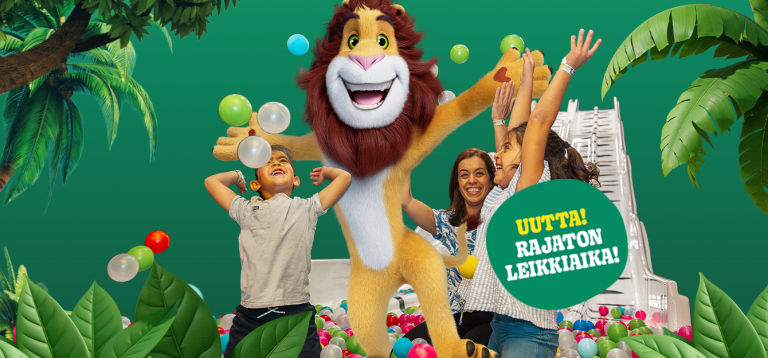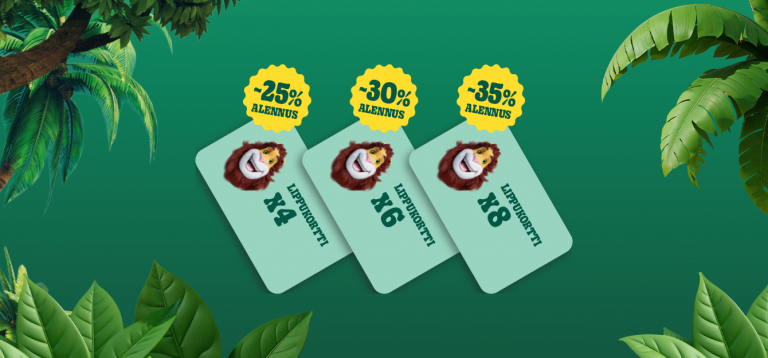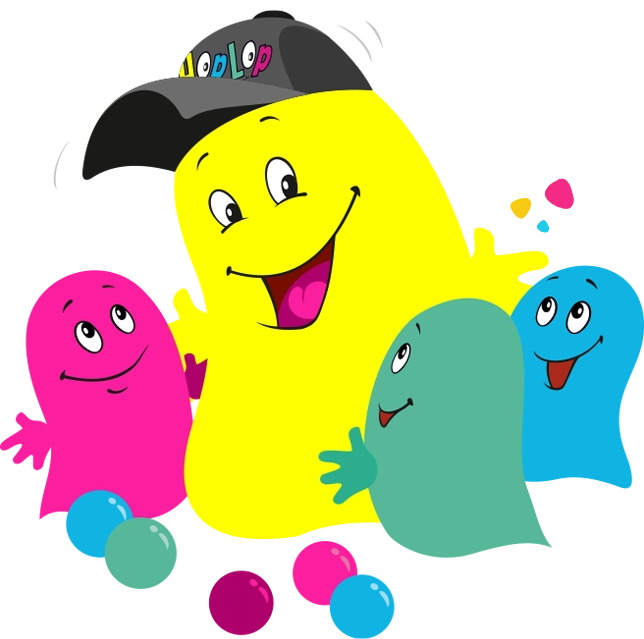Study: parents want more unpressurised free time for their children
According to a recent survey of 1,000 Finns, virtually every Finn would like their children to play more, and parents of children under 15 think their children's free time is too performance-oriented. They want more exercise, play and independent time with friends in their children's free time. This should be replaced by screen time and too much training and competition.
According to a survey* commissioned by the adventure park operator HopLop, 30% of parents of children under 15 say their child has only played until the age of 6. A fifth of children have played until the age of 10 and only 11% until the age of 11. This means that a surprising number of children stop playing before starting school or at the latest during the first years of school. As many as 69% of parents of children under 15 who responded to the survey wish their children had more relaxed and unstressed free time with their loved ones.
"Children's leisure time has become frenetically performance-oriented. And the same goes for us adults. For us, an important goal is to provide pressure-free leisure time for both children and their parents," says Kalle Peltola, CEO of HopLop. "We aim to provide an inspiring and stimulating environment for the whole family to play and exercise."
The importance of play cannot be overemphasised
When asked what leisure activities parents would like to see more of in their children's lives, it was self-directed exercise and play that stood out.
"For children under 7, around half of parents would like to see more of both. For school-age children, i.e. 7-15 year olds, exercise is even more important than play. 65% of parents who responded to the survey would like to see more of this in their children's everyday lives," says HopLop's Peltola.
These wishes should be fulfilled, as play and movement not only enrich children's days, but also play a key role in their development.
"From an occupational therapy perspective, it can be said that play often stops at too early an age. Research on play has shown that play is an essential part of development and a window into a child's world until at least the age of eight," says Helena Tigerstedt, who has made a career as a children's occupational therapist and now trains occupational therapists. "When a child plays, he or she strengthens his or her motor skills and problem-solving skills. Play also develops a child's resilience."
Toy and play researcher Katriina Heljakka is currently working on her PhD thesis on technologising play at the University of Turku. She says that the scarcity and premature cessation of play is a worrying trend, but one she does not fully subscribe to. It is more a question of how play is defined and talked about.
"It does not do play justice if it is thought to be just playing with toys or imaginative role-play. A broad definition of play, for example, is that it can be considered play. Sport and art are also, to a large extent, play. Play is a broad phenomenon that affects not only humans but also animals. It requires communication, interaction skills, creative self-expression and creates a sense of community. It has been said that play is social glue," says Heljakka.
"The essence of play is play itself. In play, the activity does not aim to achieve a predetermined goal, although it has a variety of benefits," Tigerstedt clarifies.
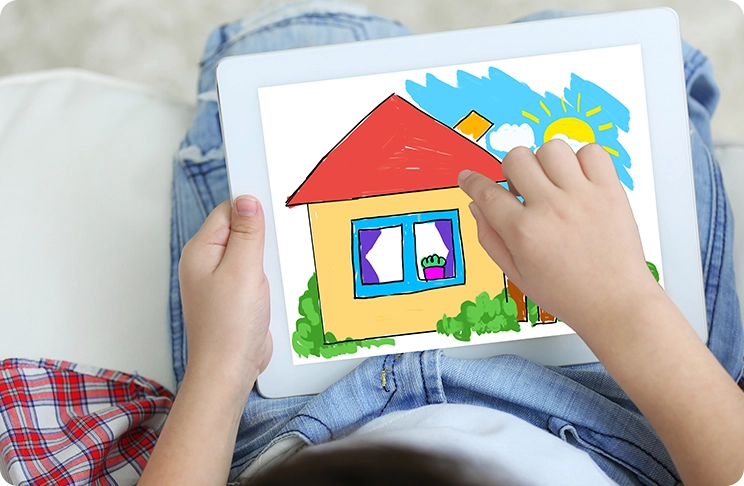
Good or bad screen time?
According to the survey results, at least screen time and hard, goal-oriented exercise should give way to play and voluntary physical activity. 26% of parents would like to see less hard training or competition and 74% would like to see less talkative screen time for their children.
"In this day and age, and as a parent myself, I understand that people are concerned about how much we each engage with mobile devices and consume entertainment," says Heljakka.
"Play is forever disruptive. It is constantly transforming and forever in a state of change. At the moment, play is undergoing a particularly big transformation, and we can talk about technologising play, which I am also studying in my PhD thesis. Play penetrates all platforms and all environments in different ways, moving both the body and the mind," she continues.
"Of course, it is good to make sure that technology does not bury all other forms of play, but at the same time it is worth remembering that children also learn skills that will be useful to them in their lives when they use smart devices," Heljakka sums up.
Peltola agrees. "It would be great if every child and family could find a way to move and play together and separately. In HopLop, you can play the most imaginative quiet or wild games, play with an instructor or independently in the same adventure park, and do intellectually challenging mobile tasks."
The value of play is not reflected in everyday life
Play experts point to the importance of the role of parents as facilitators of meaningful activity and play.
"Our job as adults is to enable children to play. Parents don't have to know how to analyse play in any way, for example, but it is important that we value the child's perspective and give play time. In practice, this can mean, for example, taking the child to a friend who lives further away," says Tigerstedt.
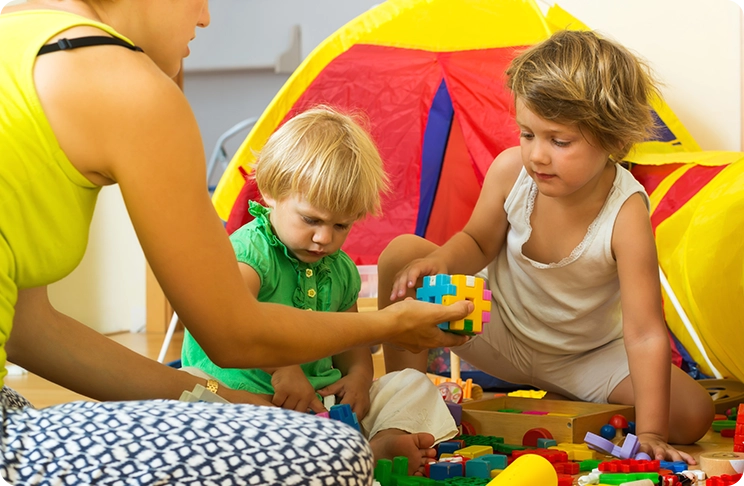
91% of respondents, or virtually every Finn, wish their children would play more. The big question is, is this reflected in our everyday choices?
"My wish is that adults would learn to play and dare to join in with the children's activities. Then all children would be better equipped to grow and develop," says Tigerstedt.
"Play is serious, but it's not serious and it's something that belongs to all of us. We adults can be facilitators of play by playing together with children, but also by setting an example by bringing playfulness to the fore in our adult interactions. This is important because, dramatically speaking, the end of play is the end of humanity," concludes Heljakka.
* The data collection was carried out as an online survey at the M3 Panel run by Bilendi Oy on 22-25.09.2022.The target group of the survey was 18-74 year-olds and 1000 Finns responded to the survey. The sample was nationally representative by gender, age and area of residence.
Experts interviewed
Helena Tigerstedt
Tigerstedt started his career as the first occupational therapist at the Children's Hospital of the Turku University Hospital in 1986. She currently teaches occupational therapists at Tallinn Health Care College and does clinical work in private practice in Turku. Her core competences are sensory integration theory and therapy and knowledge of imaginary play. Tigerstedt believes that the most important principle in her work is that every child has the right to play.
Katriina Heljakka
Heljakka, a toy and play researcher, is currently working on her second doctoral thesis on technologising play at the University of Turku. Previously, she has done a PhD on adult toy relationships at Aalto University in 2013. During her research, she has worked as a game and toy designer and children's book author. Heljakka believes that play belongs to everyone.
Adventure park HopLop
HopLop is the largest adventure park chain in Finland and the largest private children's operator. HopLop was founded in 2005 and has 17 locations throughout Finland. The first HopLop in Germany opened in 2018. HopLop wants to bring joy and fun to the everyday lives of families with children and make it easier without compromising safety.
www.hoplop.fi

